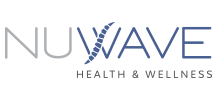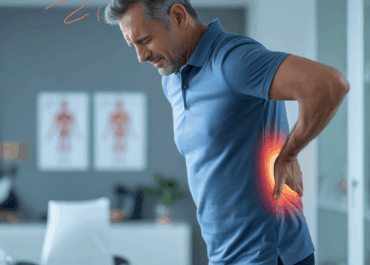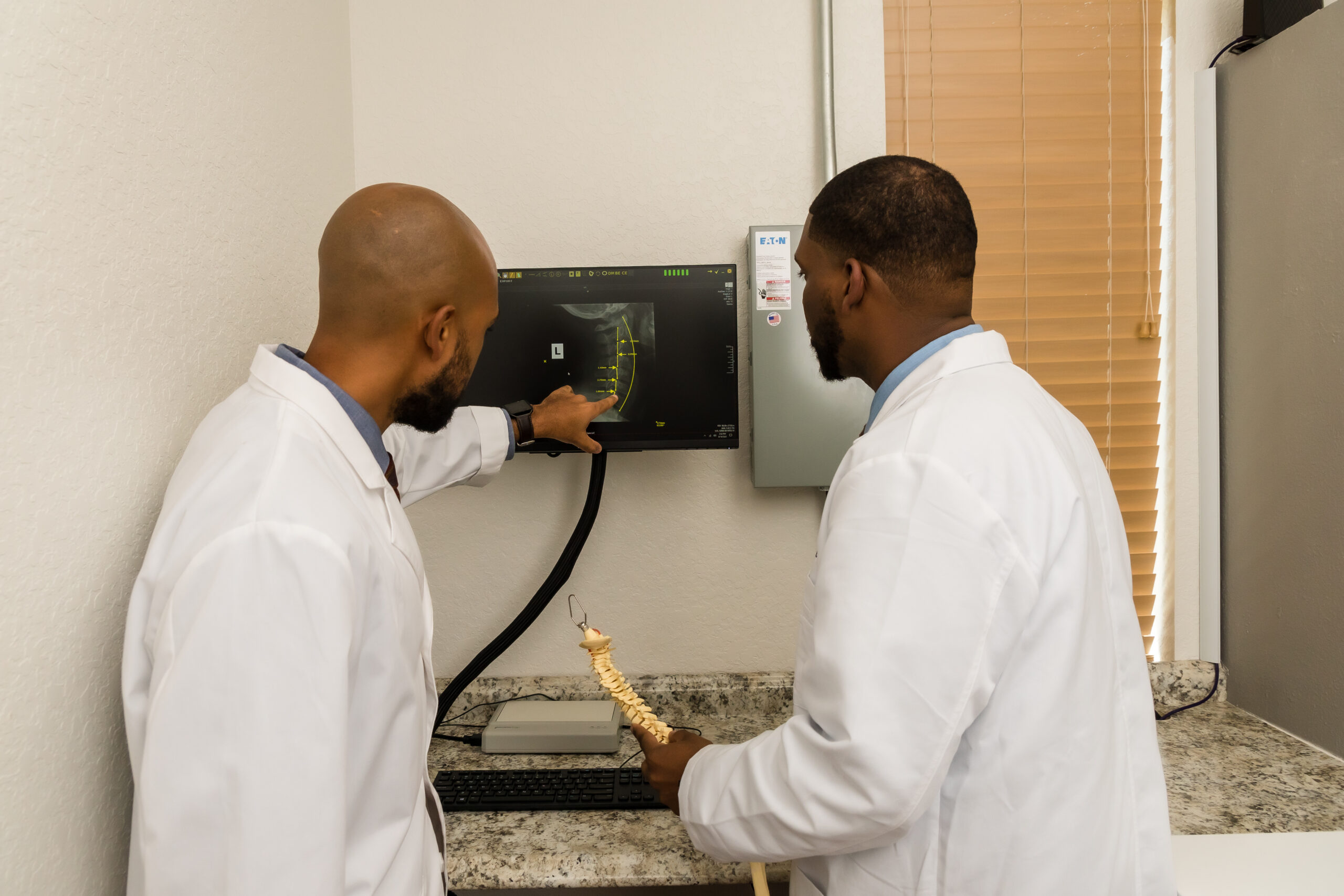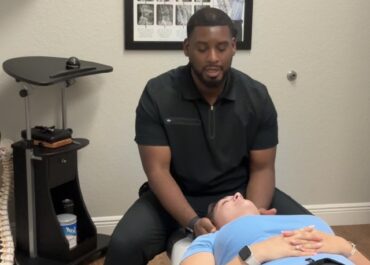Quick Description: If your blood pressure swings, your adrenals and kidneys may be out of sync. Learn how stress, sodium/fluid balance, and inflammation drive BP—and simple steps to stabilize it naturally.
You don’t need a medical degree to understand blood pressure swings. Think of it like a garden hose:
- Adrenals control how tight the hose is (vessel tone).
- Kidneys control how much water is inside (fluid & electrolytes).
When stress (adrenals) meets inflammation or salt/fluid mismatch (kidneys), the pressure on that hose jumps around—and so do your headaches, energy, and mood.
Below is the simple breakdown we share in the clinic—plus practical steps you can start today.
Part 1: Meet Your “Pressure Duo”
The Adrenals: Your “tighten/relax” switches
- Release adrenaline/noradrenaline → vessels tighten (BP rises fast).
- Release cortisol under stress → changes salt & water handling, sleep, and blood sugar (sets the stage for swings).
- Chronic stress = always-tight muscles, shallow breathing, neck tension, and wired–tired fatigue.
The Kidneys: Your “fill level” managers
- Use sodium, potassium, and water to set blood volume.
- Run the renin–angiotensin–aldosterone system (RAAS): when volume drops, kidneys signal the body to hold salt/water and tighten vessels.
- If salt/potassium are off—or you’re dehydrated—BP can spike or crash.
Bottom line: Tight vessels + more fluid = higher pressure. Relaxed vessels + steady fluid = calmer readings.
Part 2: Why BP Swings Happen (the Clermont reality)
- Stress surges (deadlines, US-27 traffic, poor sleep) → adrenal squeeze.
- Dehydration + heat (Florida afternoons) → kidneys conserve fluid → BP bumps.
- High sodium + low potassium (takeout, processed snacks) → kidneys hold water → pressure rises.
- Inflammation (poor recovery, gut issues, infections/allergies) → vessels get reactive → unpredictable readings.
If your BP is fine some days and high others, it’s often this adrenal–kidney tug-of-war, not a single broken part.
Part 3: Simple Self-Checks (2 minutes)
- Hydration check: Is urine pale straw by midday? If dark, you’re behind.
- Salt/potassium balance: Did you get 2+ cups of produce and a potassium-rich food (leafy greens, avocado, bananas) today?
- Stress pattern: Shoulders tight? Jaw clenched? Afternoon crash? (Adrenals talking.)
- Sleep: <7 hours or frequent wake-ups = higher next-day reactivity.
Track these next to your BP for 7 days—patterns will pop.
Part 4: What Actually Helps (fast wins first)
1) The “1–1–1” Hydration Rule
- 1 full glass on waking (add a pinch of sea salt + squeeze of citrus if you sweat a lot).
- 1 full glass before lunch.
- 1 full glass mid-afternoon.
Steady sips beat big chugs at 4pm.
2) Potassium > Processed Salt
Aim for 2–4 potassium-rich servings daily: spinach, avocado, beets, oranges, bananas (The more Ripe the better). Balance the restaurant salt you can’t see.
3) The 3-Minute Adrenal Downshift (do 2–3×/day)
- Breath: In through nose 4, out 6 × 6 cycles (jaw relaxed).
- Chin tucks ×10, shoulder-blade squeezes ×10.
- 30-second doorframe pec stretch.
You’ll feel neck pressure drop and thinking clear.
4) Movement Snacks (not marathons)
- Two 8–10 minute walks (South Lake Trail or office loop).
- If lifting, finish with 5 slow rib breaths to exit “stress mode.”
5) Bedroom Basics
- Dark, cool (65–68°F), quiet/white noise.
- Phone face-down, DND on.
- 6 slow breaths in bed before sleep.
Part 5: Where Chiropractic Fits
Chiropractic doesn’t “treat blood pressure.” It reduces mechanical stress that keeps the adrenal alarm on:
- Gentle adjustments → improve neck, rib, and mid-back motion → better 360° breathing → calmer nervous system tone.
- Posture tuning for desk & commute → fewer “tight hose” cues all day.
- Targeted mobility → less muscle guarding → fewer tension headaches.
With regular adjustments, most patients notice steadier energy, easier neck/shoulders, and fewer BP spikes when stressors hit.
A 7-Day Adrenal–Kidney Reset (keep it simple)
Day 1: Start 1–1–1 hydration, log BP + sleep hours.
Day 2: Add potassium at 2 meals (greens/avocado/banana/oranges/beets).
Day 3: Two 10-minute walks + 3-minute downshift in the afternoon.
Day 4: Desk & car tune-up (screen at eye level, lumbar roll; slight seat recline).
Day 5: Focus on eating hydrating foods, cut processed sugars and foods.
Day 6: Light dinner; 6 slow breaths before bed.
Day 7: Review your log—note which days your BP was calmest and what you did.
FAQ (quick + honest)
Do I need to cut all salt?
Probably not. Many do better with quality salt + higher potassium + steady hydration, especially in Florida heat. Your provider can personalize this if you’re on BP meds.
Can stress alone raise BP?
Yes. Adrenal hormones can tighten vessels within seconds. That’s why breath/mobility breaks matter.
Will chiropractic lower my blood pressure?
Chiropractic adjustments may have an indirect impact. What we see consistently is less tension, better breathing, and improved stress resilience—which often steadies readings. Results vary.
When should I see get care?
If home readings average ≥130/80 over a week, you have new headaches/vision changes, or you’re on BP meds and adding supplements—loop in your PCP and come see us at NuWave.
Red Flags (don’t wait)
- Severe, sudden (“thunderclap”) headache
- Chest pain, shortness of breath, fainting
- Neurological changes (weakness, slurred speech, vision loss)
Call emergency services or go to the ER.
Ready for a calmer, steadier week?
Bring 7 days of BP readings and a quick hydration/food/sleep log. We’ll check posture, breathing mechanics, and neck/rib mobility—and build a simple plan that helps your adrenals and kidneys work together, not fight.
New here?
Visit nuwavehealthandwellness.com to schedule.
Educational content only; not a diagnosis or treatment. Always consult your healthcare provider, especially if you take blood pressure medication or have kidney/adrenal conditions.










